

Articles
How To Store 1000 Piece Puzzles
Modified: March 2, 2024
Learn the best storage methods for 1000 piece puzzles with these informative articles. Keep your puzzles organized and intact for countless hours of fun.
(Many of the links in this article redirect to a specific reviewed product. Your purchase of these products through affiliate links helps to generate commission for Storables.com, at no extra cost. Learn more)
Introduction
Puzzles are a popular pastime that can provide hours of entertainment and relaxation. Whether you enjoy jigsaw puzzles, crosswords, or brain teasers, it’s essential to have a proper storage solution to keep your puzzle pieces organized and protected. In this article, we will explore the best practices for storing 1000 piece puzzles and ensuring that they remain intact and ready for future use.
When it comes to puzzle storage, the primary goal is to keep all the pieces together in one place while minimizing the risk of damage or loss. A well-organized storage system not only saves you time when starting a new puzzle but also ensures that you can easily find the specific puzzle you want to work on. Additionally, proper storage helps to preserve the lifespan of your puzzles, keeping them in excellent condition for years to come.
In this comprehensive guide, we will cover various aspects of storing 1000 piece puzzles. We’ll discuss the importance of choosing the right storage container, how to prepare the puzzle before storing it, and the different methods for disassembling and sorting puzzle pieces. We will also provide tips on storing puzzle pieces and the puzzle board itself, as well as ways to keep track of the pieces to avoid any missing parts.
Whether you are an avid puzzle enthusiast or someone who enjoys the occasional puzzling session, this article will equip you with the knowledge and strategies you need to store your 1000 piece puzzles effectively. So let’s dive in and discover the best practices for puzzle storage, ensuring that your puzzles remain in perfect condition and ready to be enjoyed at any time.
Key Takeaways:
- Properly storing 1000 piece puzzles involves choosing sturdy containers, prepping the puzzle, and sorting pieces for efficient future assembly. Implementing these storage practices ensures organized, protected puzzles ready for enjoyment.
- Utilize sorting trays, color-coded sorting, and puzzle piece tracking sheets to keep track of puzzle pieces. Proper storage in a cool, dry place and regular maintenance will preserve the integrity of 1000 piece puzzles for long-term enjoyment.
Read more: How To Store Puzzle Boxes
Choosing the Right Storage Container
The first step in properly storing 1000 piece puzzles is selecting the right storage container. The container you choose should be sturdy, spacious enough to accommodate the puzzle, and provide adequate protection from dust, moisture, and potential damage. Here are a few options to consider:
1. Puzzle Storage Boxes: Puzzle storage boxes are specifically designed to hold and protect puzzles. These boxes usually have dimensions that can accommodate 1000 piece puzzles, and they often come with separate compartments or trays for organizing puzzle pieces. Look for boxes made from durable materials like plastic or sturdy cardboard to ensure longevity.
2. Plastic Ziplock Bags: If you prefer a more budget-friendly option, you can use large, sealable plastic bags to store your puzzles. Place all the puzzle pieces in the bag and seal it tightly to prevent any pieces from being lost or damaged. Make sure to choose bags that are thick enough to withstand potential tearing.
3. Storage Containers with Adjustable Dividers: Another effective option is to use storage containers with adjustable dividers. These containers allow you to customize the size of each compartment to fit the puzzle pieces. Look for containers that have secure latches or snap-on lids to keep the pieces safe and well-organized.
Regardless of the storage container you choose, it’s crucial to ensure it provides protection from moisture, as excessive humidity can damage the puzzle pieces. Additionally, consider the available storage space you have and the frequency with which you plan to access your puzzles. If space is limited, you may want to opt for stackable containers that can be easily tucked away when not in use.
Once you have chosen the right storage container, you are ready to move on to the next step: preparing the puzzle for storage. This step ensures that the puzzle remains intact and undamaged during the storage period, making it easier for you to reassemble it later on.
Prepping the Puzzle
Before storing your 1000 piece puzzle, it’s important to properly prep it to ensure that all the pieces stay intact and organized. Follow these steps to prep your puzzle for storage:
1. Finish the Puzzle: Make sure you have completed the puzzle before storing it. Double-check that all the pieces are in their correct positions, and that there are no missing or loose pieces. This will ensure that you store a complete puzzle and avoid any frustrations when you decide to work on it again.
2. Flatten the Puzzle: Gently press down on the puzzle surface to flatten it as much as possible. This will make it easier to transfer the puzzle to the storage container and prevent any pieces from shifting or becoming loose.
3. Use Puzzle Conserver: Consider using a puzzle conserver, which is an adhesive specifically designed for puzzles. Apply the conserver to the front and back of the puzzle to hold the pieces together. This step is optional, but it can provide additional stability and prevent any pieces from separating during storage.
4. Cover the Puzzle: Place a large piece of cardboard or foam board over the puzzle. This will help protect it from damage and keep the puzzle pieces in place. You can secure the cover by wrapping it with plastic wrap or using rubber bands to hold it in place.
By following these steps, you can ensure that your puzzle is prepped and ready for storage. Once prepped, you can proceed to disassemble the puzzle and sort the pieces to make storage and future reassembly easier.
Disassembling the Puzzle
Once you have prepped your 1000 piece puzzle, it’s time to disassemble it carefully. Disassembling the puzzle requires a systematic approach to ensure that all the pieces remain in good condition and are ready for storage. Follow these steps to disassemble the puzzle:
1. Work in Sections: Start by breaking the puzzle down into smaller sections. This can be done by identifying areas of the puzzle that are easier to separate, such as distinct colors or patterns. Gently lift and separate the connected pieces in these sections, being mindful not to force or bend them in the process.
2. Slide a Thin Board or Mat Underneath: As you separate the sections, it can be helpful to slide a thin board or a puzzle mat underneath. This will provide stability and prevent any loose pieces from falling or slipping out of place. Avoid using anything too thick or rigid that could damage the puzzle.
3. Separate Connected Areas: Next, focus on separating any connected areas within each section. Carefully lift up one side of the connected pieces while supporting the other side to prevent any pieces from breaking or bending. Take your time to ensure a clean separation without causing any damage.
4. Stack Separated Sections: As you disassemble the puzzle, stack the separated sections on top of each other in a neat and organized manner. This will make it easier to sort and store the puzzle pieces later on. Use caution when stacking to avoid applying too much pressure and potentially damaging any delicate pieces.
By following these steps, you can disassemble your 1000 piece puzzle in a systematic and careful manner. Once the puzzle is fully disassembled, you can move on to sorting the puzzle pieces to further facilitate storage and future reassembly.
Sorting Puzzle Pieces
Sorting puzzle pieces is a crucial step in effectively storing and preserving your 1000 piece puzzle. By organizing the pieces into specific categories, you can easily locate the pieces you need when you’re ready to work on the puzzle again. Follow these tips to sort your puzzle pieces:
1. Edge Pieces: Separate the edge pieces from the rest of the puzzle. These pieces have straight edges and will form the outer border of the puzzle. Keep them together in a separate pile or container, as they are essential for starting the puzzle assembly.
2. Color and Pattern Sorting: Sort the remaining puzzle pieces based on color and pattern. Look for distinct colors or patterns that can be easily recognized. Create separate piles or containers for different colors or groups of colors. If the puzzle has a specific theme or image, you can also sort pieces based on specific elements or objects within the picture.
3. Shape Sorting: Pay attention to the shape of the puzzle pieces and consider sorting them accordingly. Group pieces with similar shapes or patterns together. This can be particularly helpful when working on specific areas of the puzzle and looking for pieces that fit into a particular section.
4. Utilize Sorting Trays or Containers: To keep your sorted puzzle pieces organized, consider using sorting trays or containers with multiple compartments. These trays provide a dedicated space for each category, making it easier to access the pieces you need during assembly. Alternatively, you can use small bowls or even muffin trays to create makeshift sorting compartments.
5. Labeling: For additional organization, you can label or mark the sorting trays or containers based on the categories you’ve created. This will allow you to quickly identify and locate specific pieces without the need for extensive searching.
By sorting your puzzle pieces, you can streamline the process of finding and assembling the puzzle. This organized approach not only makes storage more efficient but also adds to the enjoyment of the puzzle-solving experience. Once the puzzle pieces are sorted, it’s time to move on to storing them properly.
Store your 1000 piece puzzle in a puzzle roll-up mat to keep it safe and organized. This will prevent pieces from getting lost and make it easy to resume working on the puzzle later.
Read more: How To Store A Puzzle In Progress
Storing Puzzle Pieces
Properly storing the puzzle pieces is essential to maintain their condition and ensure that they don’t get lost or damaged over time. Here are some tips for storing your 1000 piece puzzle pieces:
1. Use Ziplock Bags: Place groups of sorted puzzle pieces into individual Ziplock bags. Seal them tightly to prevent any moisture or dust from entering. You can also label the bags to indicate the category or color of the puzzle pieces inside.
2. Utilize Small Containers: If you prefer a more organized approach, you can use small plastic containers with separate compartments for each category of puzzle pieces. These containers keep the pieces secure and make it easy to locate specific ones when you’re ready to assemble the puzzle.
3. Secure Lids or Closures: Make sure that the storage containers or bags you use have secure lids or closures to avoid accidental spills or opening. This will help prevent any puzzle pieces from being lost or mixed up with pieces from other puzzles.
4. Separate Edge Pieces: As mentioned earlier, keep the edge pieces separated from the rest of the puzzle pieces in a securely closed container or bag. This will make it easier to start the puzzle assembly when you’re ready.
5. Store in a Safe Location: Find a cool, dry place to store your puzzle pieces. Avoid areas with excessive heat, moisture, or direct sunlight, as these conditions can damage the pieces. A shelf, closet, or cabinet is generally a suitable location for puzzle storage.
6. Consider Puzzle Roll-Up Mats: Another storage option is to use puzzle roll-up mats, which are specially designed to store and transport puzzles. These mats allow you to roll up the puzzle with the pieces still intact, keeping them securely in place until you’re ready to work on the puzzle again.
By utilizing these storage methods, you can ensure that your puzzle pieces remain organized, protected, and easily accessible for future use. Whether you prefer ziplock bags, small containers, or puzzle roll-up mats, finding a storage solution that works best for your needs will help prolong the lifespan of your puzzle pieces and maintain their quality.
Storing the Puzzle Board
In addition to storing the puzzle pieces, it’s important to consider the storage of the puzzle board itself. The puzzle board provides a stable surface for assembling the puzzle and keeping the pieces in place. Here are some tips for storing your 1000 piece puzzle board:
1. Flat Surface: Find a flat surface to store the puzzle board. This can be a shelf, table, or even the floor, as long as it is away from any potential hazards or excessive moisture. Make sure the surface is clean and free from any objects or debris that could damage the board or puzzle.
2. Protect the Surface: To prevent any scratches, dents, or dust accumulation on the puzzle board, consider covering it with a clean cloth or a thin board. This will provide an extra layer of protection and keep it in good condition while in storage.
3. Upright Storage: If space is limited, you can store the puzzle board in an upright position. Lean it against a wall or stand it vertically on a bookshelf. Just ensure it remains stable and secure to prevent any potential damage or warping.
4. Puzzle Board Carrying Case: If you frequently transport your puzzle board or prefer a more organized storage solution, consider investing in a puzzle board carrying case. These cases are specially designed to hold and protect puzzle boards of various sizes. They often have handles and additional compartments for storing puzzle pieces and accessories.
5. Puzzle Board Storage Bags: Alternatively, you can use puzzle board storage bags specifically designed for storing and transporting puzzle boards. These bags provide a convenient and protective solution for keeping your puzzle board safe from dust, scratches, and potential damage. Look for bags that offer padding and secure closures.
By following these storage tips, you can keep your puzzle board in excellent condition and ready for your next puzzle-solving session. Remember to choose a storage method that suits your needs and available space while providing adequate protection for the puzzle board.
Keeping Track of Puzzle Pieces
One of the challenges of working with 1000 piece puzzles is keeping track of all the individual pieces. Here are some strategies to help you stay organized and prevent any missing pieces:
1. Sorting Trays or Containers: As mentioned earlier, using sorting trays or containers with separate compartments for each category of puzzle pieces can be helpful. Label each compartment or tray to indicate the corresponding group of pieces. This way, you can easily locate and differentiate between different sections of the puzzle.
2. Color-Coded Sorting: Consider color-coding your puzzle pieces using small stickers or colored markers. Assign a specific color to each category or group of pieces. This visual reference can make it easier to identify and locate the pieces you need when assembling the puzzle.
3. Puzzle Piece Tracking Sheet: Create a puzzle piece tracking sheet where you can keep a record of each piece as you work on the puzzle. This sheet can be a simple grid or table where you note the location of each piece and its corresponding category (i.e., edge piece, red-colored piece). This way, you can quickly identify missing pieces and track your progress throughout the puzzle assembly.
4. Work in Sections: Instead of attempting to assemble the entire puzzle at once, consider working on smaller sections at a time. This approach allows you to focus your attention and reduces the risk of misplacing or losing pieces. Once a section is complete, move on to the next one and connect them together gradually.
5. Document the Puzzle: Take photos of the completed puzzle before disassembling it for storage. These photos can serve as a reference point if you ever need to identify a missing or misplaced piece. They can also be a helpful reminder of the final image when you decide to work on the puzzle again in the future.
By implementing these strategies, you can significantly reduce the chances of losing puzzle pieces and maintain better control over the puzzle assembly process. Keeping track of the pieces will enhance your experience and ensure that you enjoy a seamless and complete puzzle-solving journey.
Additional Tips for Puzzle Storage
Here are some additional tips to consider when it comes to storing your 1000 piece puzzles:
1. Avoid Excessive Weight: Do not store heavy objects on top of your puzzle boxes or containers. Excessive weight can potentially damage the puzzle pieces or cause them to bend or warp over time.
2. Protect from Moisture: Keep your puzzle pieces and puzzle board away from areas with high humidity or moisture, as this can cause damage to the pieces. Consider using moisture-absorbing packets or silica gel packs in your storage container or bag to help maintain the optimal humidity level.
3. Store in a Temperature-Controlled Environment: Extreme temperatures can negatively affect the quality of your puzzle pieces. Store them in a temperature-controlled environment to ensure their longevity. Avoid storing puzzles in garages, attics, or basements where the temperature fluctuations are significant.
4. Store Away from Pets and Children: If you have pets or young children, store your puzzles in a location that is out of their reach. This will prevent any accidental damage or loss of pieces.
5. Regularly Check for Damage: Periodically inspect your stored puzzles for any signs of damage or pests. Look out for missing pieces, bent or creased pieces, or any indications of insect infestation. Taking preventative measures and addressing any issues promptly will help preserve the integrity of your puzzles.
6. Maintain an Inventory: Keep track of the puzzles you own by maintaining an inventory. This can be a simple list or a digital spreadsheet that includes the puzzle title, brand, and location of storage. This will make it easier to manage your collection and find specific puzzles when desired.
7. Consider Puzzle Preservation Techniques: If you have particularly valuable or sentimental puzzles, you may want to consider puzzle preservation techniques such as gluing the puzzle and framing it. This will permanently preserve the completed puzzle as a decorative piece of art.
By following these additional tips, you can ensure that your puzzles remain in optimal condition and that you can continue to enjoy them for years to come. Proper storage practices will help preserve the puzzles’ quality and minimize the risk of damage or loss.
Read more: How To Store Finished Puzzles
Conclusion
Storing your 1000 piece puzzles properly is crucial to keeping them organized, protected, and in excellent condition. Choosing the right storage containers, prepping the puzzle, disassembling and sorting the puzzle pieces, and storing the puzzle board are essential steps to ensure an efficient and enjoyable puzzle-solving experience. Additionally, implementing strategies to keep track of the puzzle pieces and following additional tips for puzzle storage can help maintain the integrity of your puzzles for years to come.
When it comes to choosing a storage container, opt for one that is sturdy, spacious, and provides protection from dust and moisture. Prep the puzzle by flattening it, using puzzle conserver, and covering it with a protective layer. Disassemble the puzzle carefully into sections and sort the pieces based on color, pattern, and shape. Utilize sorting trays, containers, or bags to keep the pieces organized and easily accessible.
In addition to storing the puzzle pieces, don’t forget to consider the storage of the puzzle board itself. Find a flat surface to store the puzzle board, protect its surface, and store it in an upright position if necessary. Puzzle board carrying cases and storage bags are also available for added convenience and protection.
To keep track of the puzzle pieces, use sorting trays, color-coded sorting, puzzle piece tracking sheets, and work in sections. Documenting the puzzle with photographs can also be helpful. And remember, always store your puzzle pieces and puzzle board in a cool, dry place, away from excessive weight, and protected from moisture and potential damage.
By following these guidelines and incorporating additional tips such as avoiding extreme temperatures, maintaining an inventory, and regularly checking for damage, you can ensure that your 1000 piece puzzles are stored properly and maintained in excellent condition.
So, whether you’re a dedicated puzzler or a casual enthusiast, implementing these storage practices will protect your puzzles, extend their lifespan, and preserve the joy and satisfaction of assembling them, ready for you to embark on a new puzzle-solving adventure whenever you desire.
Frequently Asked Questions about How To Store 1000 Piece Puzzles
Was this page helpful?
At Storables.com, we guarantee accurate and reliable information. Our content, validated by Expert Board Contributors, is crafted following stringent Editorial Policies. We're committed to providing you with well-researched, expert-backed insights for all your informational needs.
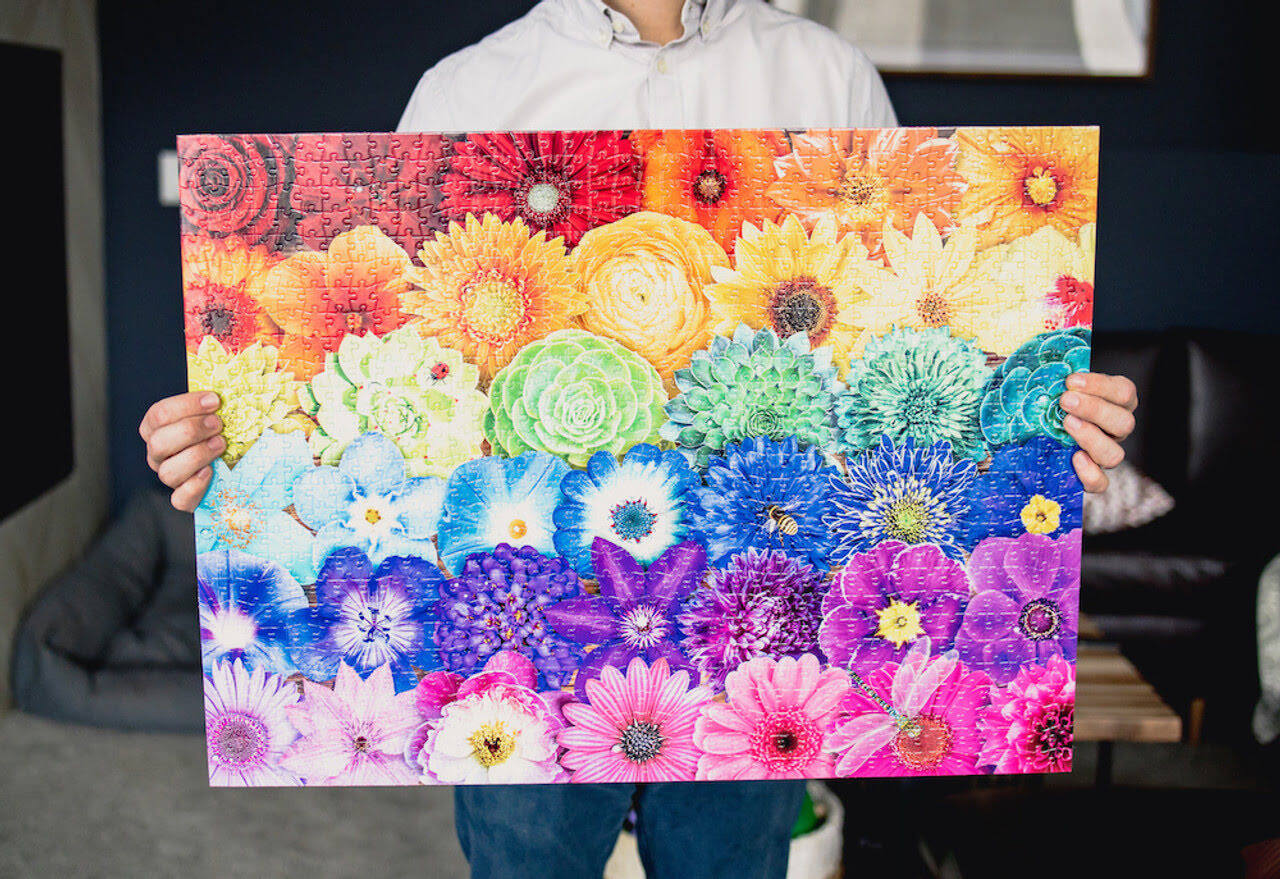
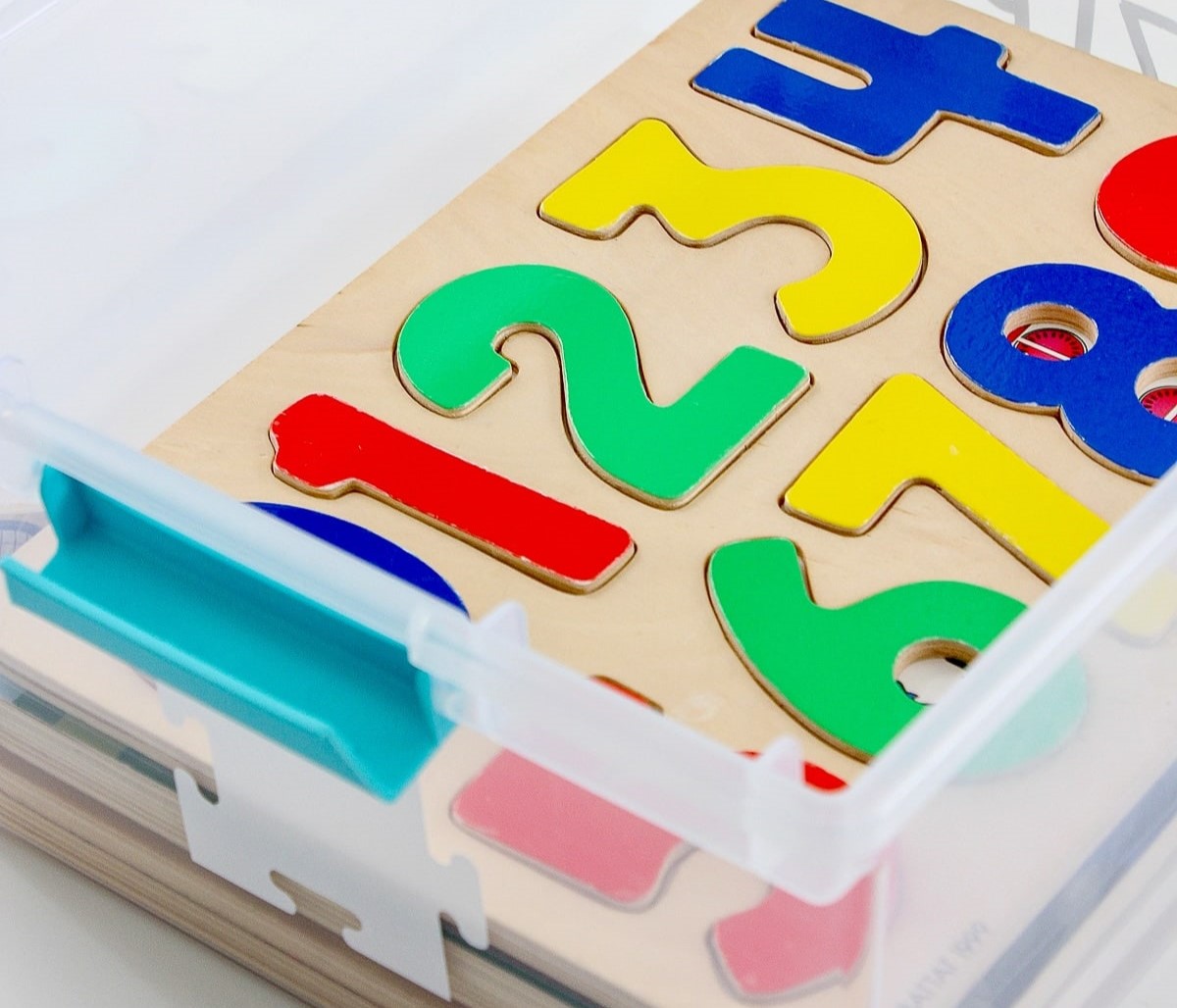

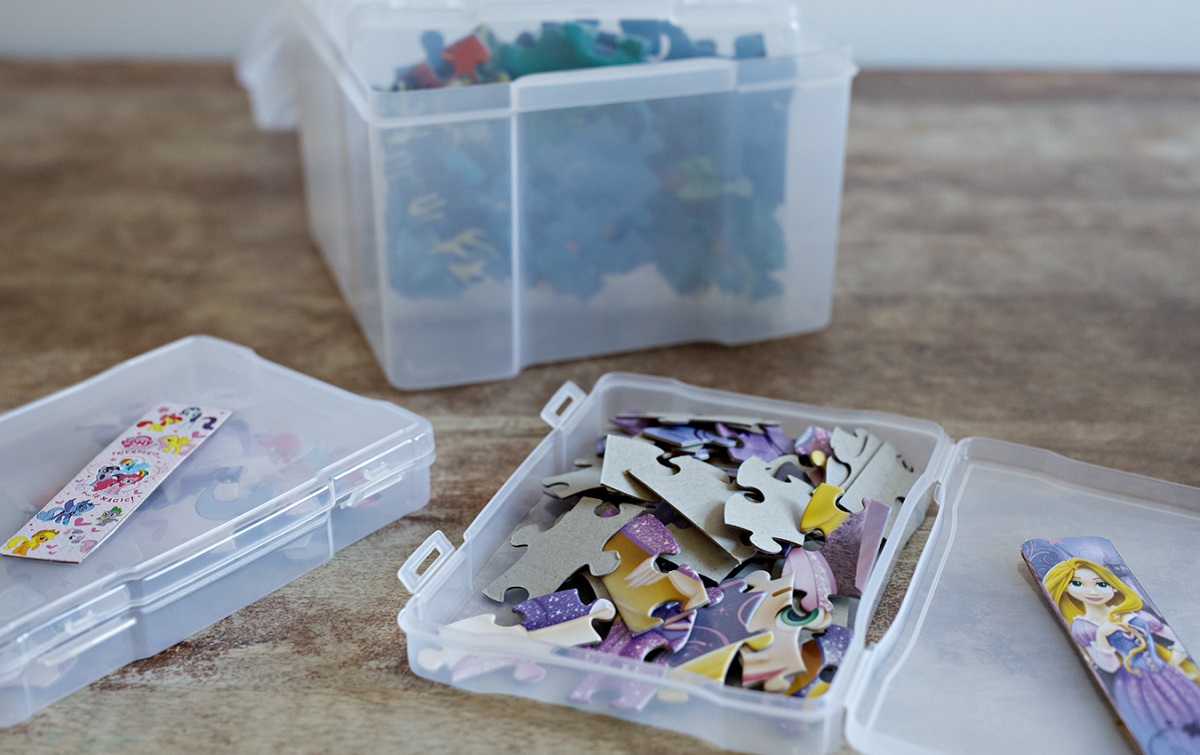
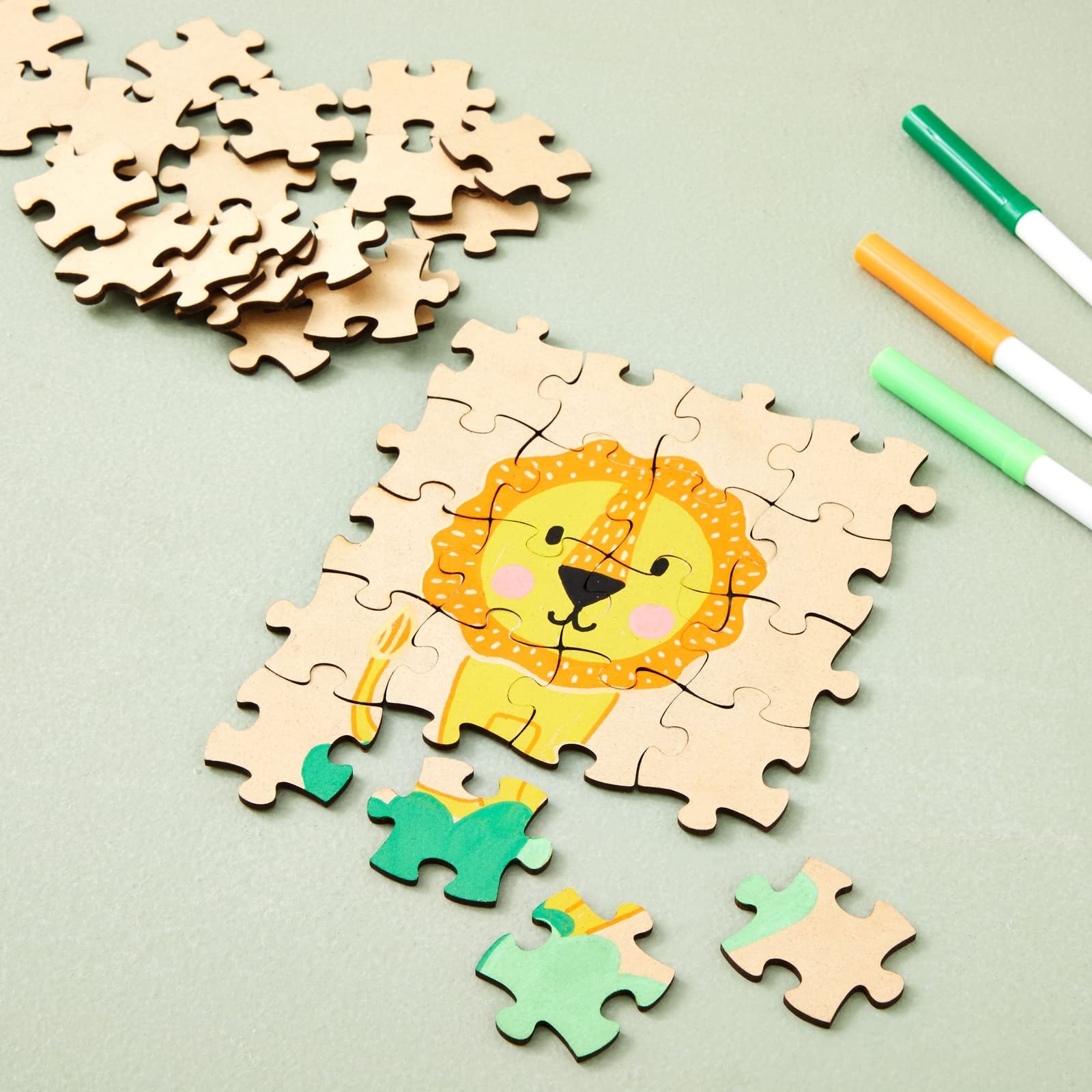
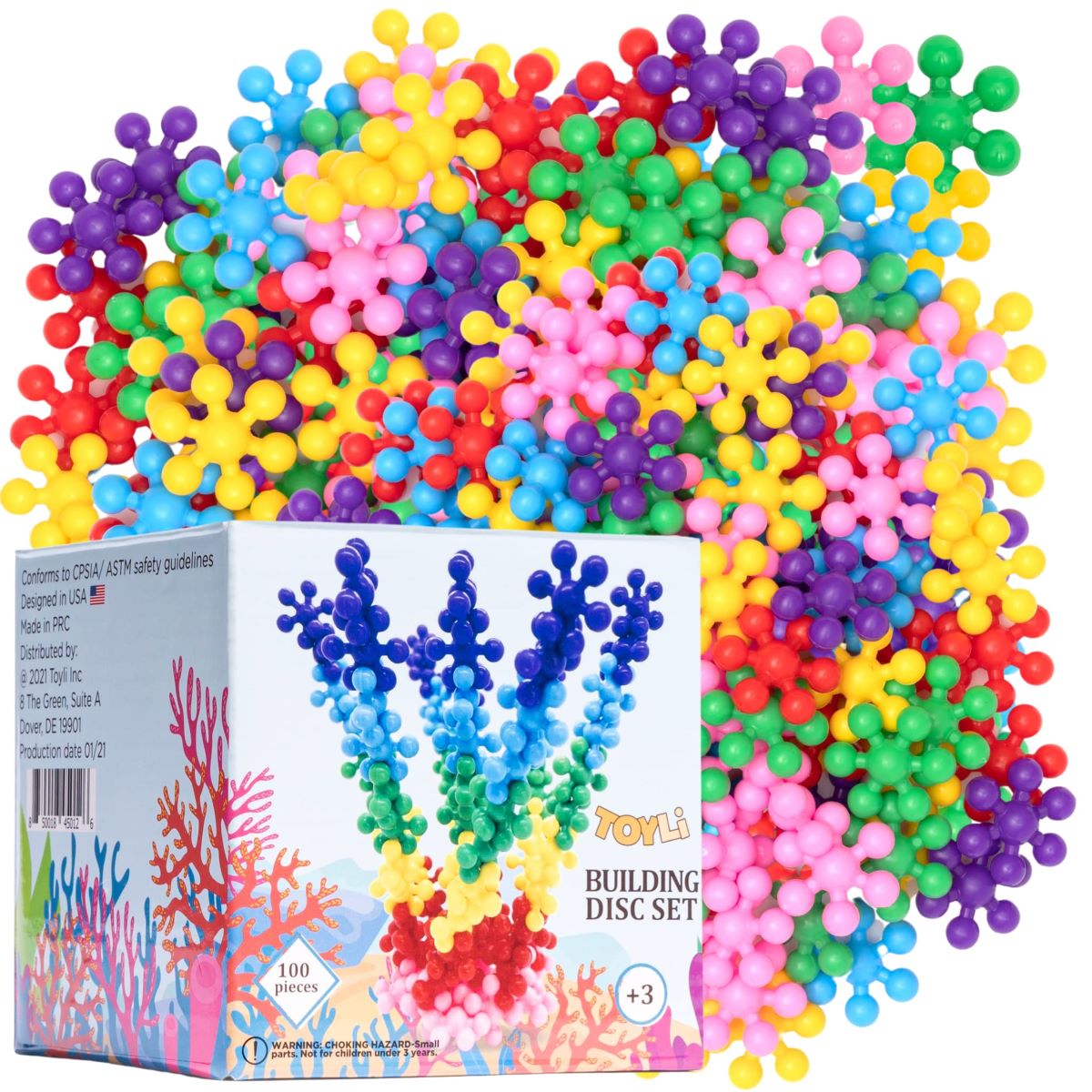
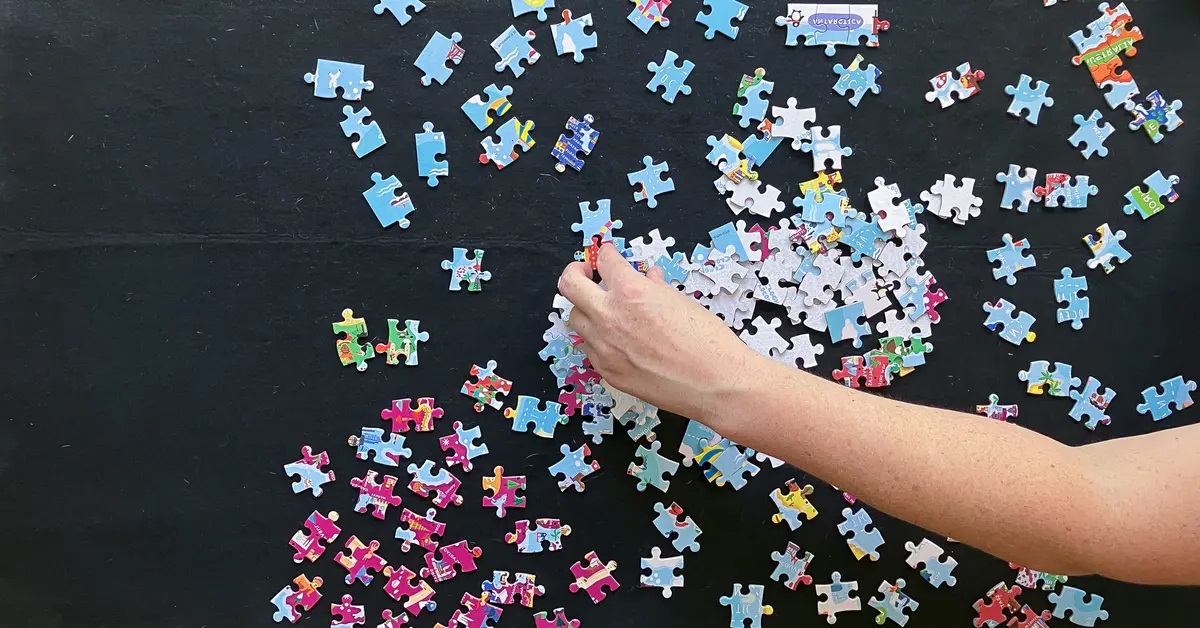

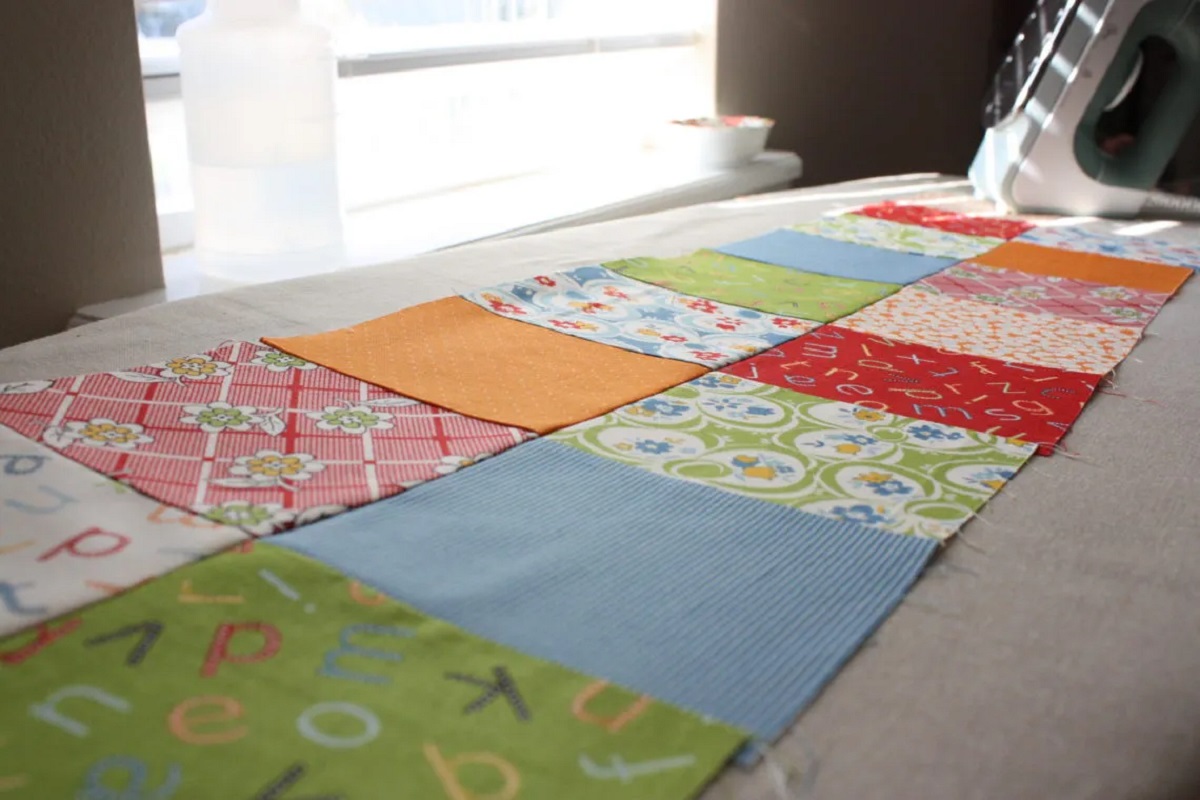
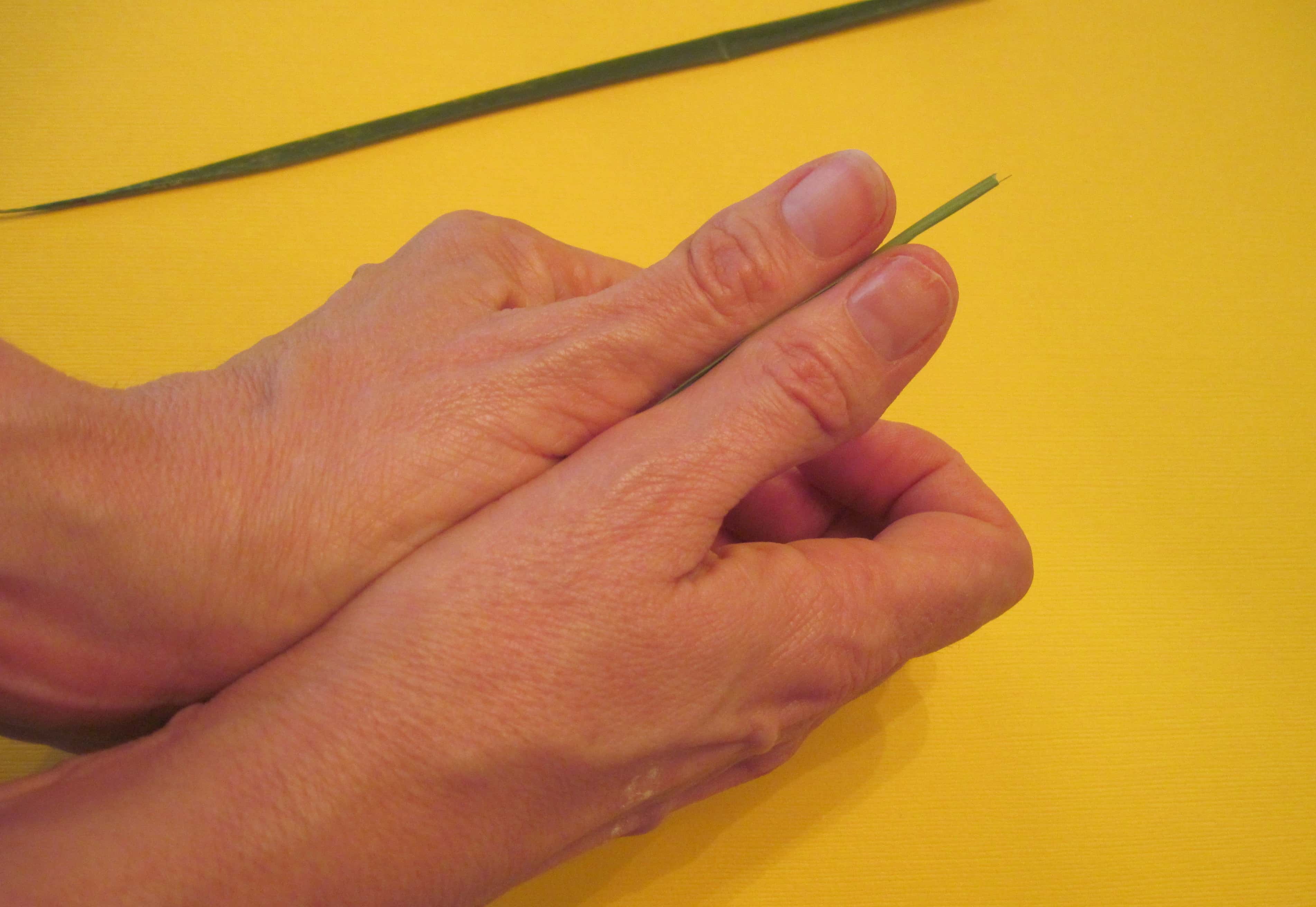
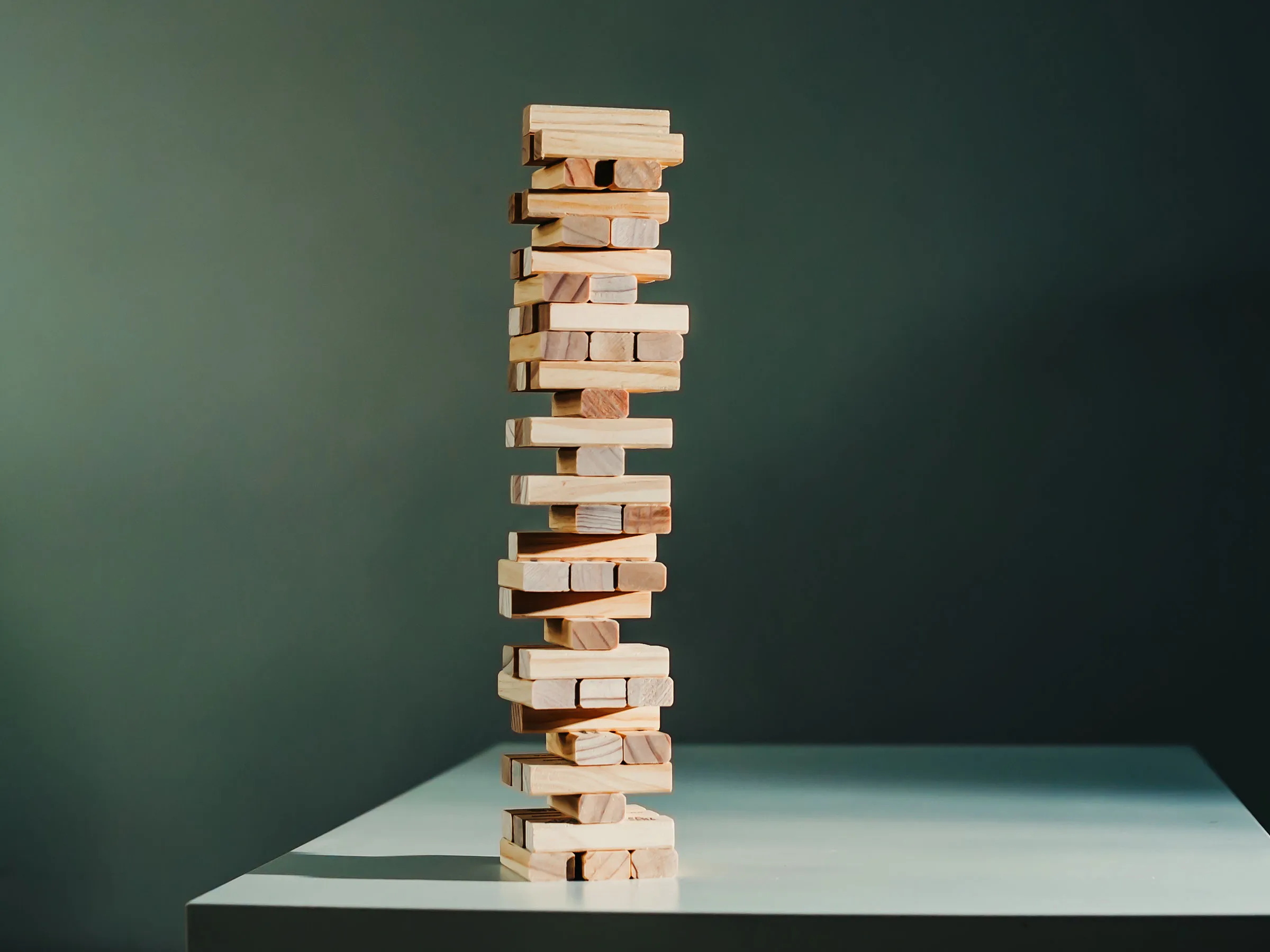
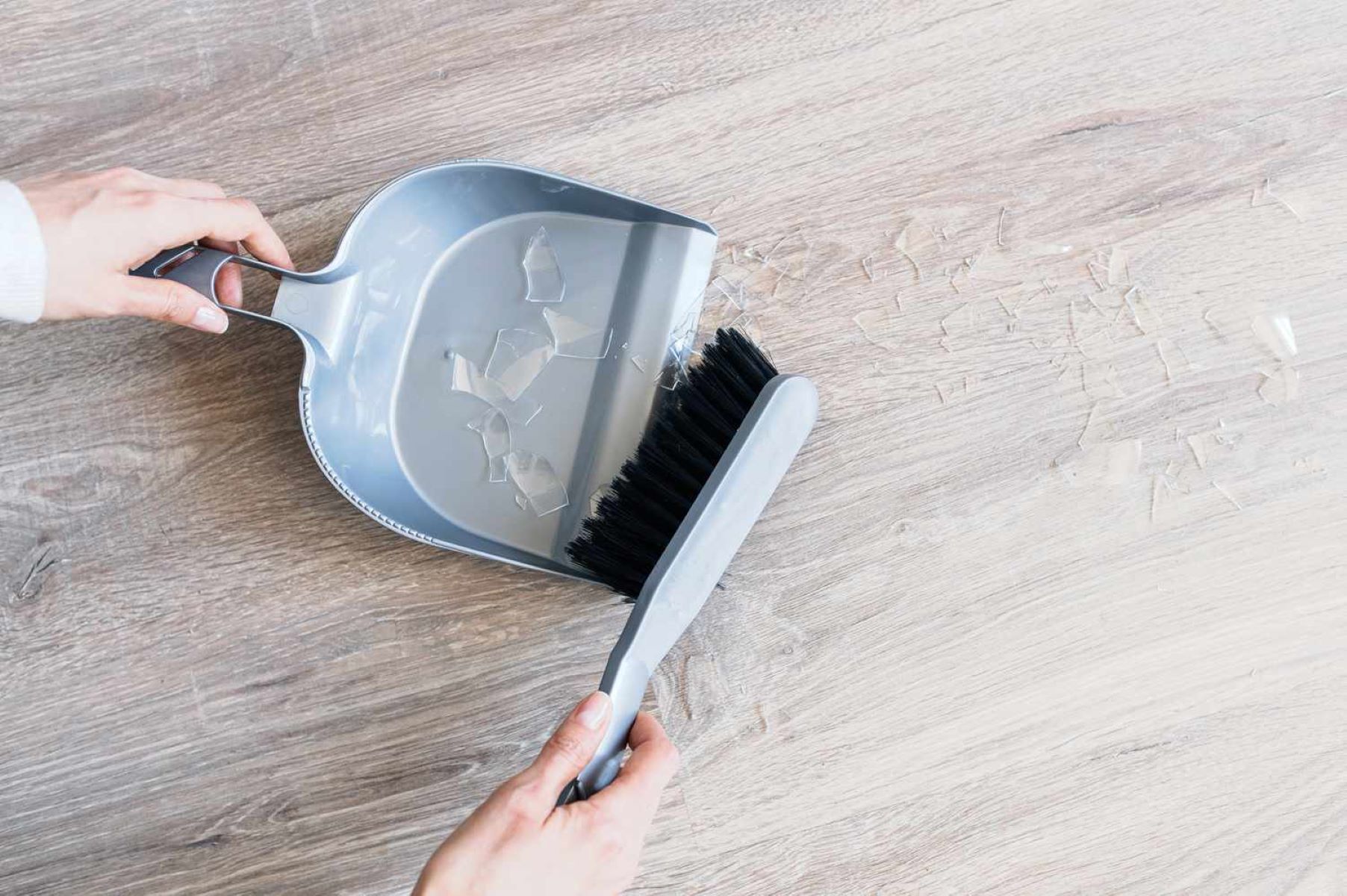


0 thoughts on “How To Store 1000 Piece Puzzles”